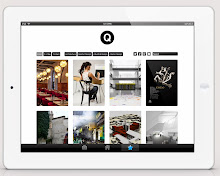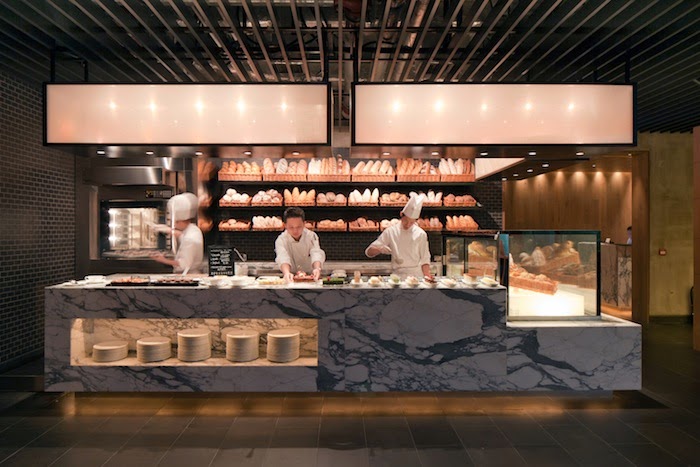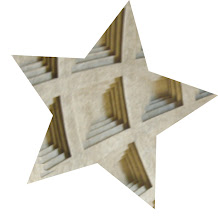Expanding our notion of space
We all discovered quite quickly that each of our projects questioned perceptions of space in different contexts. Curro looks at how our notion of “home space” is changing and the impact of technology on central spaces in our lives.
Lee’s project aims to bring the outdoor world indoors in a sensual way. Marie too explores how our senses and tactility play a key role in how we interpret space.
Miriam’s project attempts to make air tangible and explores how it connects us in space through the physical act of breathing. Amy looks at how expandable space can be employed to aid the future wellbeing of the urban honeybee. Anne reinvents the act of sitting and aims to design furniture that allows us to expand our body in space. Bharat questions boundaries more literally by integrating his project with “non-places” such as communal fences. Through this shared theme we realize how each of our proposals hopes to develop the common idea of ‘expanding’ what a space can be.
Making it physical
Engaging with the familiar
Marie, Anne and Bharat are all working on the idea of creating a new way to Experience our familiar environment, .
--> They are using the familiar to make the user realize a completely different experience can be achieved !
(Marie : You touch everyday objects that now have new tactile properties : It allows you to develop your sense of touch and makes you aware of what you were touching before.
Anne : You discover your body as a tool as you now use it to engage with your environment
Bharat : amalgamation of various familiar elements that are taken in another environment in order to attract you, and encourage you to use them.)
Curro, on the other hand, is working on putting the familiar (the laptop) outside of its original context. Likewise, Minhyung Lee is working with rice, a very familiar ingredient which is connected to culture,imagination and memories, and taking it to fusion asian restaurants.
Amy is changing the concept of beehives. What already exists for bees and is familiar to us and to them, is probably not what's best for them. What we considered as familiar needs to be changed, to get better.
Miriam is exploring the most familiar element of our environment : AIR, making it visible and tangible, highlighting it.
Temporary Experience
Amy: temporary in moving space, nomadism, for the bees, renewal
like Curro: not belonging in one place in society, we can create this through technology, so that we can belong to a place temporarily and without boundaries to distance and matter, but only the choice of which sum of different spaces provided trough technology
Miriam is creating s temporary space which appaers and disappears with air, allowing a temporality and notion of transience in the space which often impose on us how we are connected with our natural surroundings.
As Elena, Bharat is concerned with temporary place-making in a physical space, which in Bharat's sense is a fence where there is a static movement happening, electricity stores the things taking place temporarily for giving back light at night. Elena is connecting children and their parents on one level, for a playful interaction that takes place seamlessly in the different time schedules and which are made easier through her designs.
Marie and Anne create the temporary experience through the body and the sense of touch: For Marie changing the experience of touch develops our senses and creates an acute moment in how we connect to things, while Anne subtly shifts the experience we have we our whole body, the designs should trigger the exploration of how we “sit” so the furniture encourages a sense of temporality. Minhyung Lee triggers physical and visual experience through two types of tiles which can be arranged in different ways to allow a moment of different perceptions.




















No hay comentarios:
Publicar un comentario